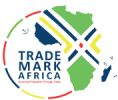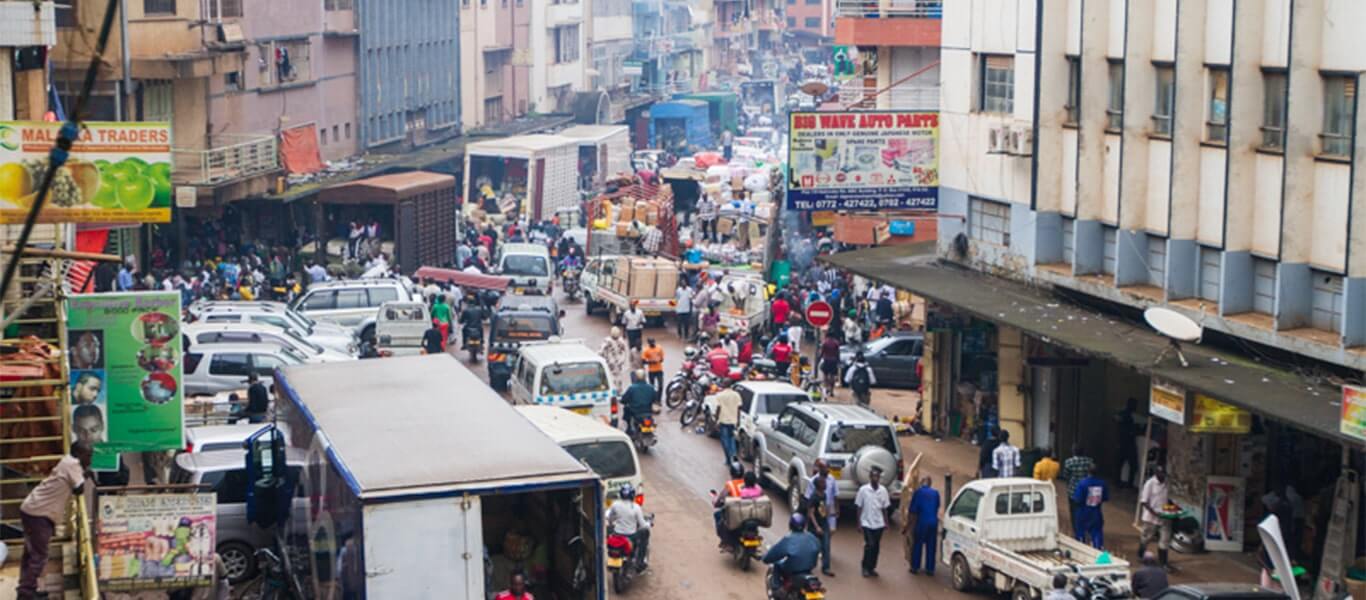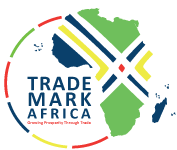From her small metal fabrication workshop in Kitwe, a Kampala suburb on Entebbe Road, Annie Nakizibu Mirembe has multinational ambitions. Her small business employs a workforce of Ugandans and Kenyans to make metal furniture, which she ships locally and into neighbouring Rwanda. Her steel is Ugandan and the sisal fibre she uses for cushions comes from Kenya.
Mirembe now has her sights set on expanding across the border into Burundi after capturing the markets in Uganda, Kenya and Rwanda—capitalising on the opening up of regional markets resulting from the political and economic integration of the East African Community (EAC).
The EAC’s Common Market Protocol allows for the free movement of goods and services, labour and capital across the borders of the region’s states. Despite the efforts at the political level to reduce friction for traders seeking to expand regionally, barriers still remain—not least a lack of knowledge amongst the population. Studies show awareness of the existence and benefits of a regional market are low in Uganda. In fact, small scale businesses like Mirembe’s find it difficult to access information that would inform them of how to access and conduct themselves in neighbouring countries markets.
“The first time I received a worthwhile order from Kigali—the Rwandan capital—I was nervous but also extremely excited. At that point, I did not know how to export steel products to neighbouring country, so I had to take time to research,” she says.
Mirembe’s experience mirrors the challenge most citizens face across the EAC states in recent years. It is a need that is almost halfway met, as in 2010- prior to the launch of the Common Market Protocol, Trade Mark East Africa (TMA), supported the Ugandan Ministry of East African Community Affairs (MEACA) to undertake a national survey on the perceptions and awareness levels of the public on their knowledge of the Common Market Protocol. The survey results would inform interventions.
The survey targeted the business community, government ministries and state departments and students. It revealed that only 32% of the representative sample was aware of the EAC; however, only a few knew of the benefits and opportunities.
The EAC – Breaking it down so the citizens benefits
For East Africans to reap the benefits of the EAC common Market protocol, then there was need to inform them of those benefits. With this in mind, MEACA and TMA partnered to sensitize the public. The approach included media campaigns and special events and conferences targeting stakeholders. MEACA rolled out the campaign in 2015.
“The focus of these initiatives was on raising awareness around the benefits like the single tourist visa, use of national identity cards to travel in the region, the harmonised work permit regime, huge regional infrastructural projects like the Standard Gauge Railway (SGR) and oil refinery and pipeline projects,” says Allen Asiimwe, TMA’s Uganda Country Director.
Additionally, the Ugandan Ministry of EAC Affairs increased its engagement with other government bodies and civil society to draw their attention to the opportunities created by EAC integration. Public awareness officials took the EAC messages to every corner -from the carpeted upmarket offices of Uganda to the street corners of its capital city and the border towns.
TMA followed up this work by providing technical assistance towards the development of Uganda’s national strategy on regional integration. Uganda was the first EAC partner state to create a common market implementation framework. The EAC Secretariat subsequently took this up and rolled it out to other partner states.
The project focused on ‘bringing the EAC ‘to the people’ by building capacity and awareness at the government level and in the streets. Using radio messages, public meetings and billboards, TMA and the ministry ran a campaign to sensitise people to the opportunities that EAC integration creates, covering an estimated 45 percent of the population.
A ‘resource centre’ was set up allowing citizens to access information on regional integration while some 45 EAC Clubs were set up in schools and higher educational institutions in Uganda.
The results of the programme are emerging. MEACA already rolled out its new National EAC regional integration policy, which covers a range of issues from dispute resolution to harmonisation of cross-border trade laws. Training, monitoring and evaluation have been undertaken, and the Ministry is well on the way to fulfilling its mandate and completing the implementation of its strategic plan by 2017.
Small traders—as well as larger businesses—fall foul of slow border crossings and complex paperwork.
“We have seen women who plait hair move from one side of the border into the neighbouring country. This is the movement of services in practice. That is truly integration on a lower level. These small things go a long way for the common person,” Gidudu says. “Many people are already experiencing integration. There are people trading in everything, selling cabbages from Kitale to Malaba on the Kenya-Uganda border, and taking pineapples from Uganda to Nairobi.” Improving the day-to-day capacity of the traders to explore cross-border markets, like Mirembe, could have a meaningful impact on their ability to grow their businesses, create new opportunities and create employment the citizenry.















